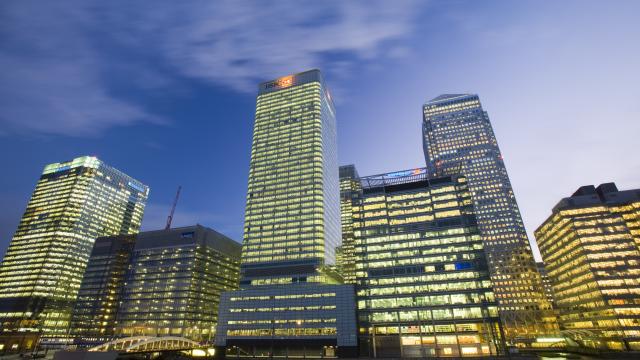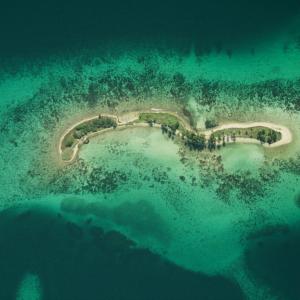
Working with Investors
Investors and financial institutions have the power to help protect some of the world's most sensitive and biodiverse areas. We’re promoting actions that financial institutions can take to achieve this, through working with other investors as well as with the extractives companies that they invest in. By doing so, not only can they help protect some of nature’s wonders, they can also reduce their material risk – and even identify potential investment opportunities.
One area investors and financial institutions can help, is protecting our natural World Heritage Sites. Industries such as mining or oil and gas pose a particular challenge to the future of these critically important natural areas. Unesco’s World Heritage Committee has repeatedly stated that extractive operations are incompatible with World Heritage status.
Many natural World Heritage sites, however, are known to contain mineral wealth and are attracting extractive companies. This is threatening their World Heritage designation, and the species and habitats that rely on this protected land. If mining takes place in these sites, Unesco could remove their World Heritage status – opening these sites up to even more environmental damage.
Our World Heritage Sites offer significantly more cultural, environmental and economic value in the long term than their short-term returns from mining, oil and gas.
We need investors and financial institutions to take action. They are invaluable as game-changers in engaging with extractives companies and finding out if they currently have concessions that overlap with natural World Heritage Sites. Financial institutions can encourage extractives companies to change their strategy, by disclosing extractives concessions data publicly or in financial data sources, as well as adopting 'no go' commitments. By making the decision to put a sustainable future first, investors are avoiding material and reputational risk, and protecting their long-term investments.
Innovating
We know it’s critically important to engage on the potential environmental impact of any extractives and infrastructure development as early on as possible – ideally from the moment an extractives concession is awarded to a company.
To help us do just that, WWF-UK and WWF-Norway have developed a tool that maps extractives activity and concessions, and shows where these overlap with areas of biological and social importance. It’s a spatial land-use and early warning system mapping tool called WWF-SIGHT. It can provide WWF with a first-cut assessment and early warning of where extractives operations and other major development (e.g., plantations; roads) could threaten protected areas and other sites of natural importance.
WWF-SIGHT enables us to engage at an early stage with governments, companies and investors. It allows us to enter into constructive dialogue about alternative and more sustainable land-use and development scenarios that would avoid possible damage to wildlife and habitats and the associated business risks.
Our report, Safeguarding Outstanding Natural Value (which we published jointly with Aviva Investors and Investec Asset Management), uses this research to highlight the threats that oil, gas and mining potentially pose to natural World Heritage Sites. In the report, we call on financial institutions and investors to identify the risk in their portfolios and engage with the extractive sector at an industry level.
 Here are our recommendations for investors
Here are our recommendations for investors
 Engaging with financial institutions
Engaging with financial institutions
 Protecting World Heritage Sites with investors
Protecting World Heritage Sites with investors